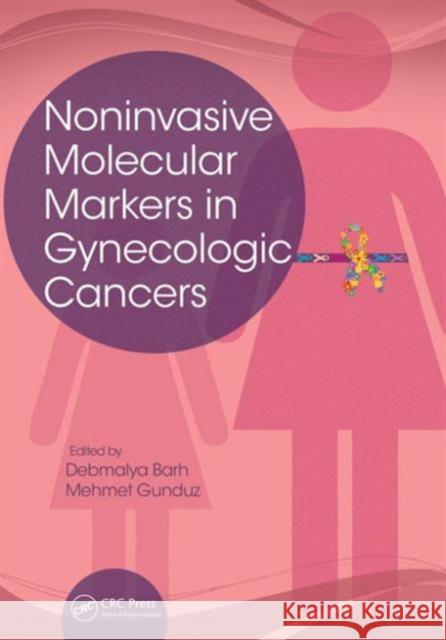Noninvasive Molecular Markers in Gynecologic Cancers » książka
Noninvasive Molecular Markers in Gynecologic Cancers
ISBN-13: 9781466569386 / Angielski / Twarda / 2015 / 516 str.
Noninvasive Molecular Markers in Gynecologic Cancers
ISBN-13: 9781466569386 / Angielski / Twarda / 2015 / 516 str.
(netto: 834,48 VAT: 5%)
Najniższa cena z 30 dni: 856,36
ok. 22 dni roboczych.
Darmowa dostawa!
Early detection is critical for any given cancer. With the advent of the latest omics technologies, molecular markers in combination with conventional diagnostic and screening methods are emerging as next-generation early diagnostic and prognostic strategies that can allow early-stage diagnosis, resulting in more effective treatment and patient care and, in turn, an increased rate of survival. A ready-made resource, Noninvasive Molecular Markers in Gynecologic Cancers not only provides information on noninvasive molecular diagnostic biomarkers, it includes coverage of the epidemiology, clinical features, conventional diagnosis, treatment, and prognosis for these cancers. With contributions from leading international experts, the book presents a compact but comprehensive overview of gynecologic cancer. Each of the five main gynecologic cancers--ovarian, cervical, uterine, vaginal, and vulvar--have unique signs and symptoms, risk factors, and molecular profile, and therefore requires different prevention strategies. This book describes the different features of each gynecologic cancer in separate chapters covering general information, epidemiology, clinical features, and biomarkers. The book also covers breast cancer and, although rare, fallopian tube cancer, to make it a complete resource. In cancer treatment, non-invasive diagnosis can avoid complications of biopsy and other unfavorable impacts on patients' health. DNA, methylation, SNPs, miRNA, mRNA, protein, autoantibodies, metabolite, and omics-based markers from remote media such as blood, plasma, and urine are emerging as noninvasive molecular markers with high specificity and sensitivity towards many cancers. This book classifies the available molecular tumor markers according to their principal characteristics and relative methodologies. It covers markers that not only provide early detection and better treatment options, but are emerging as next-generation personalized diagnostics and targets or therapeutics for personalized cancer treatment.











